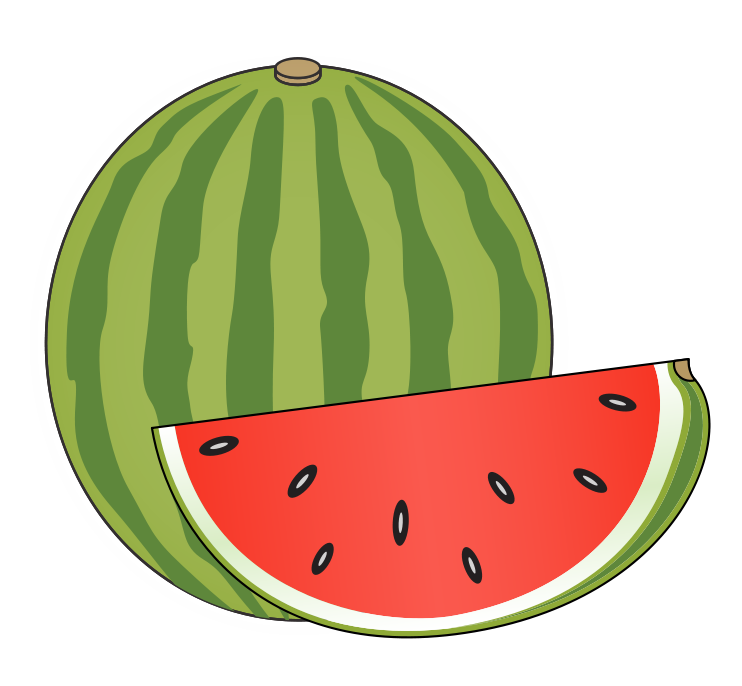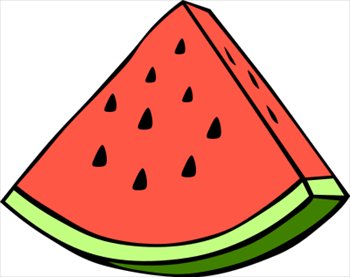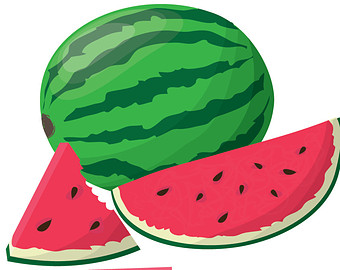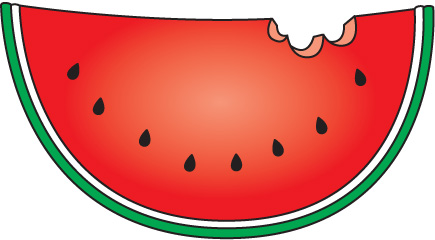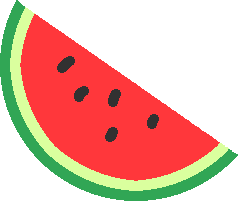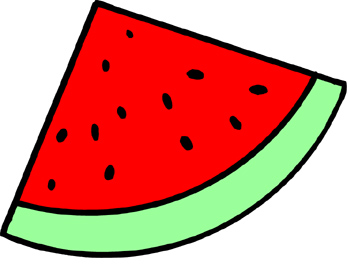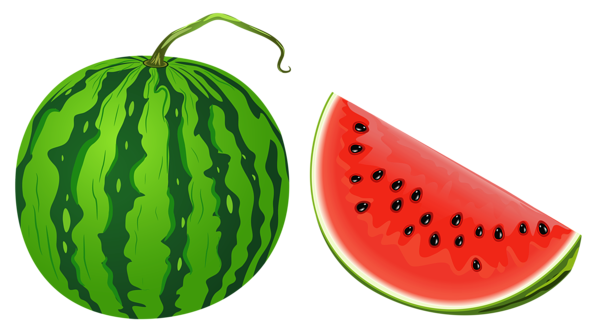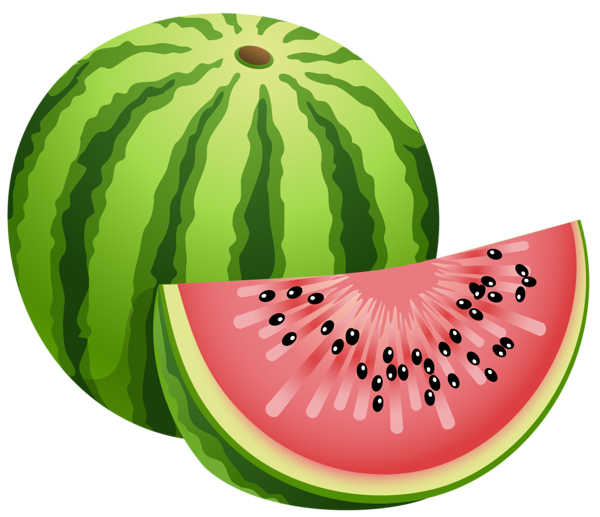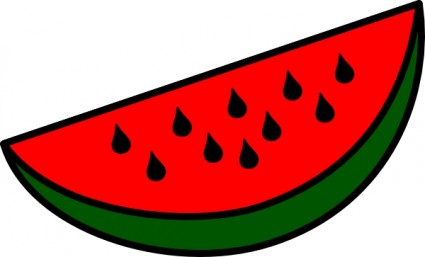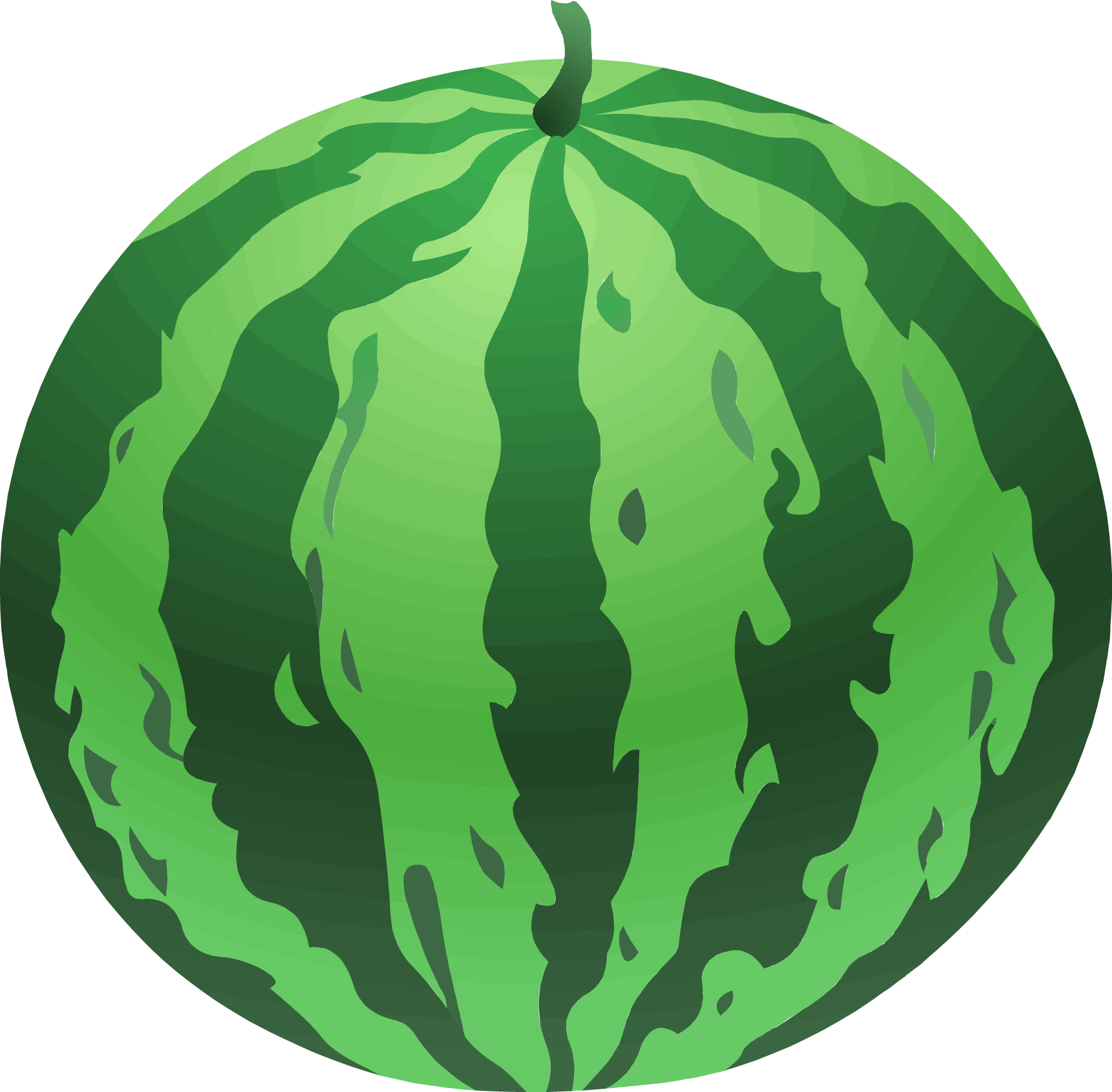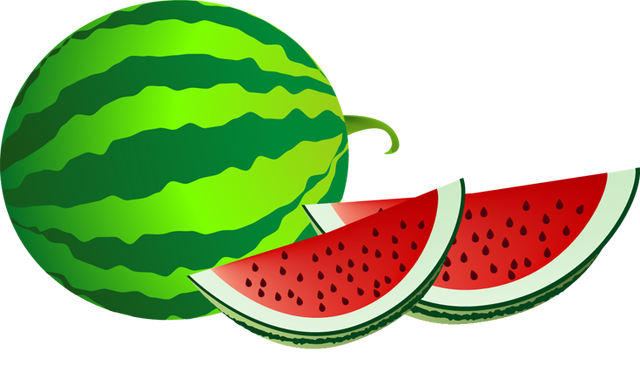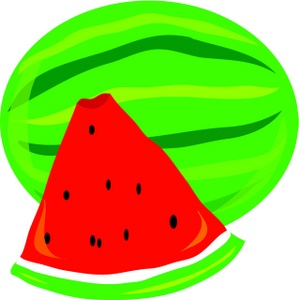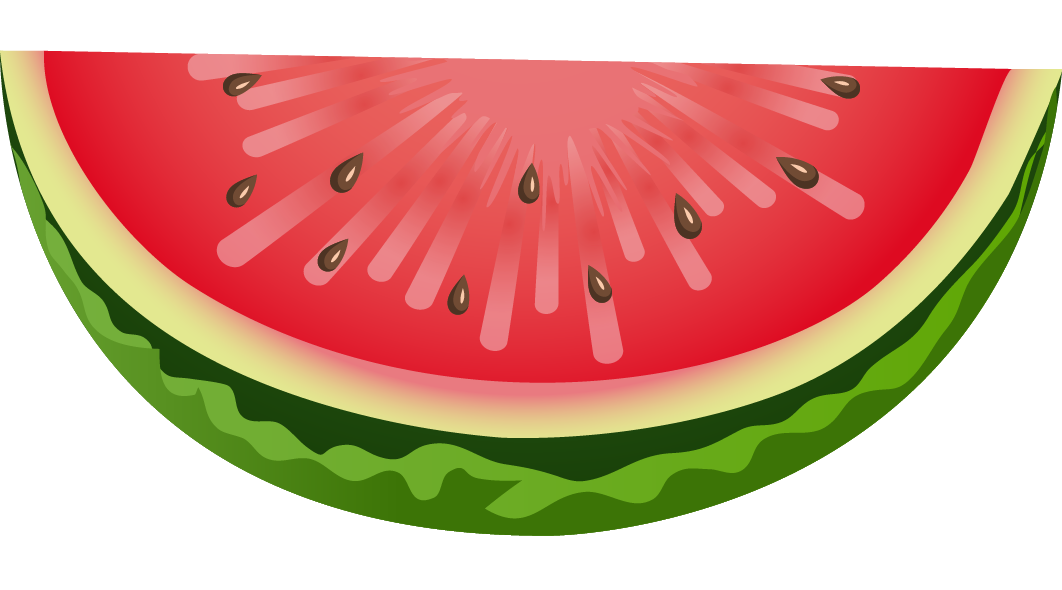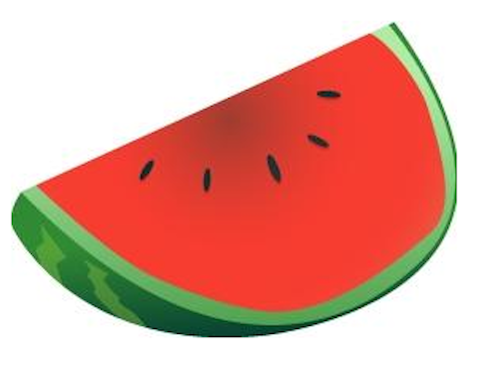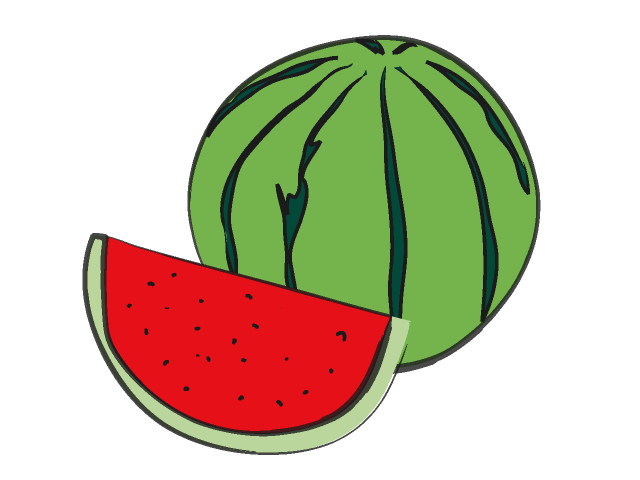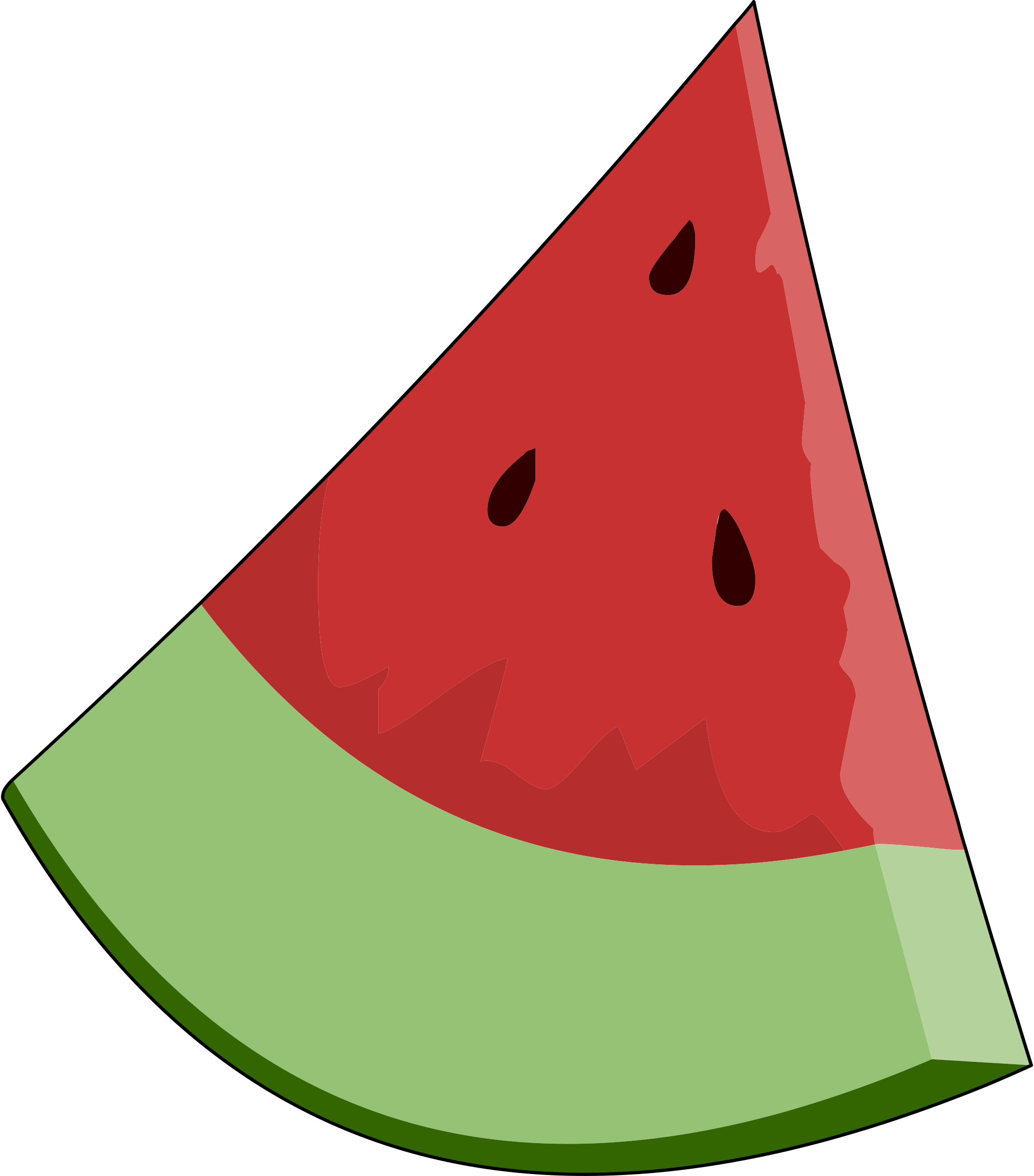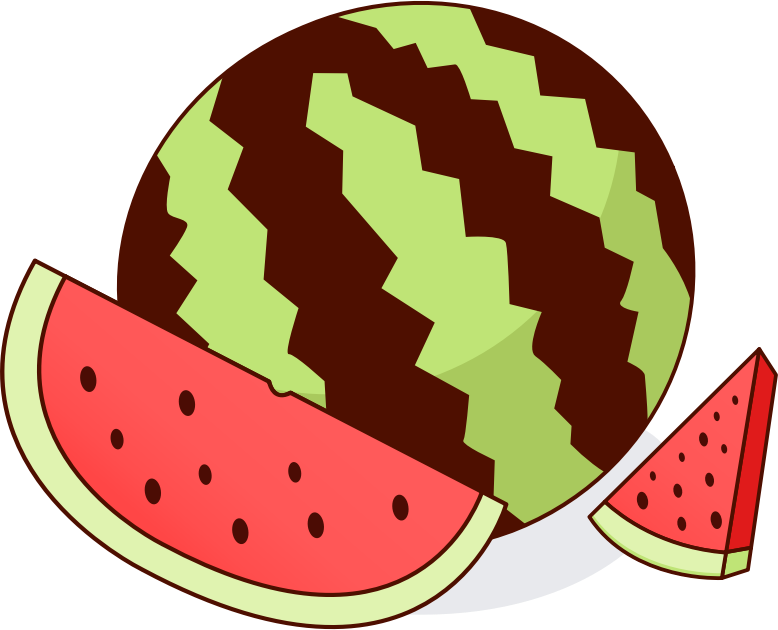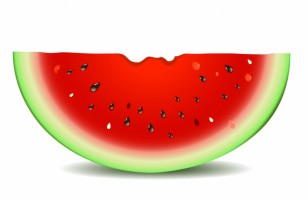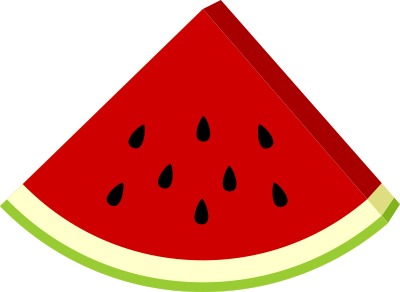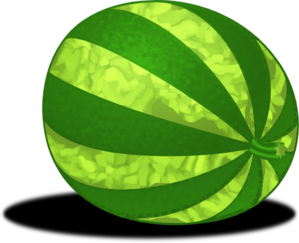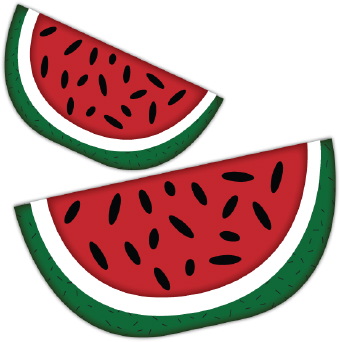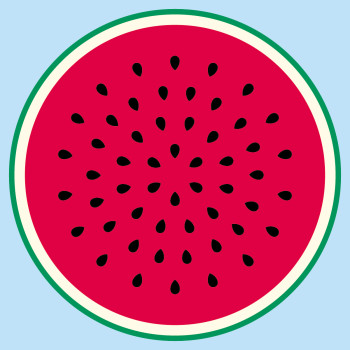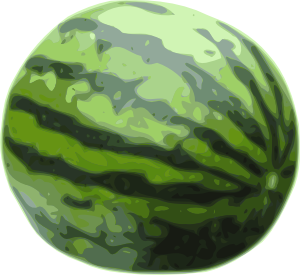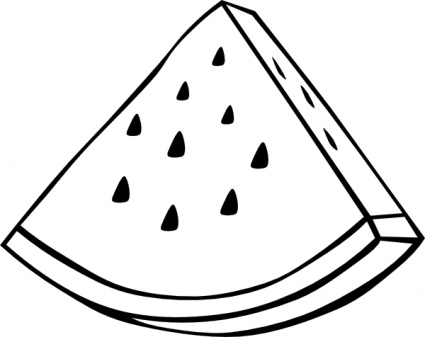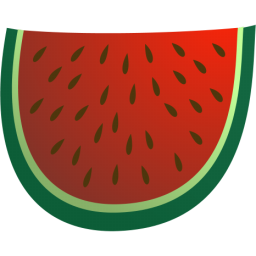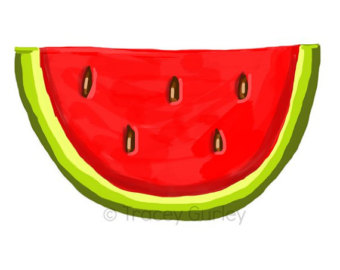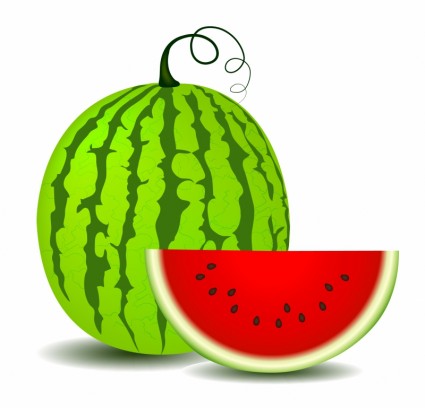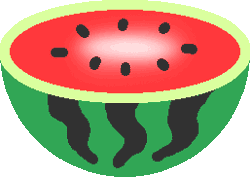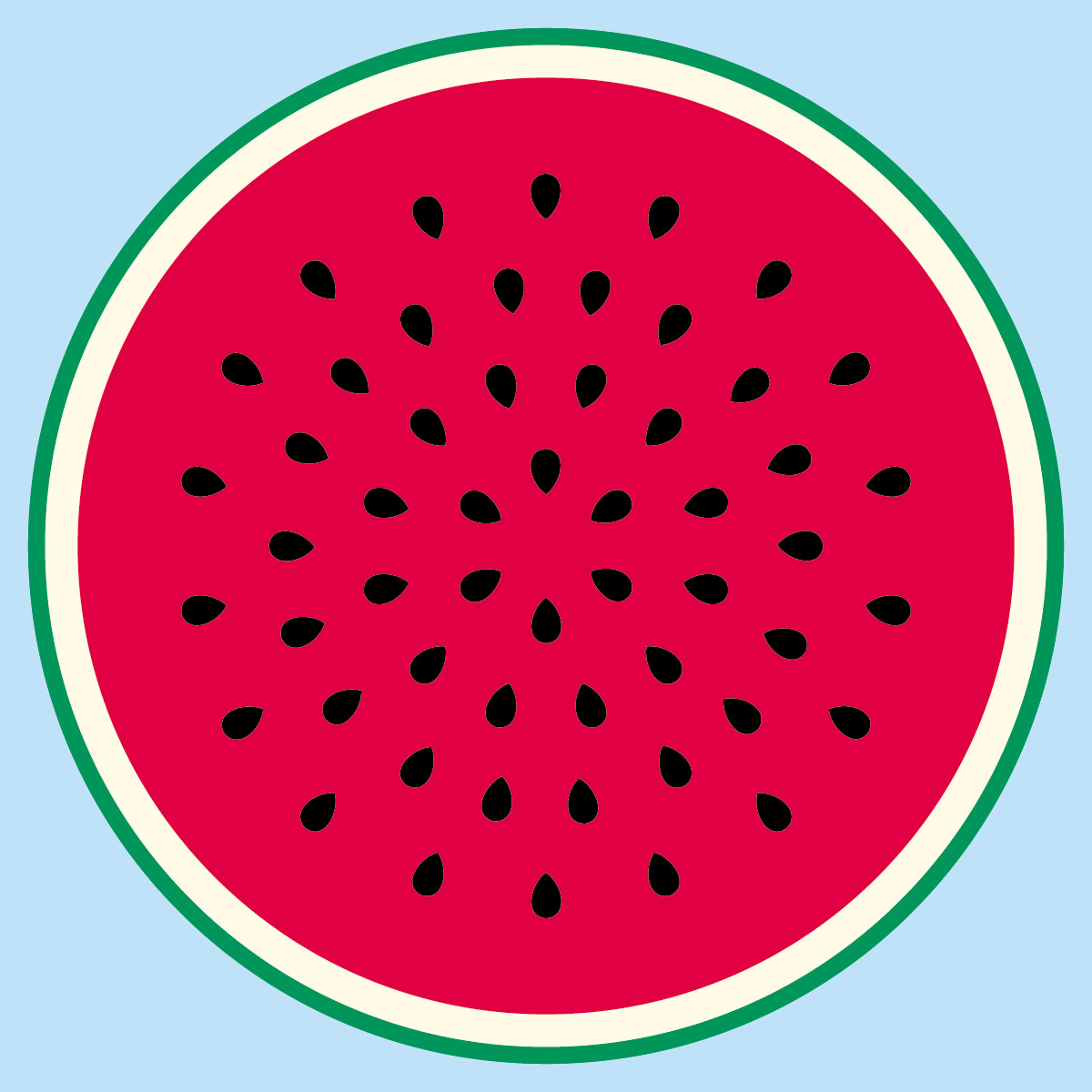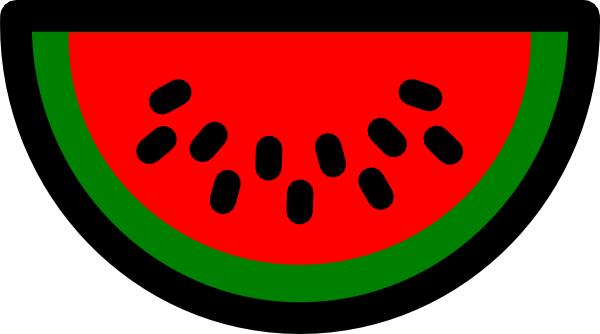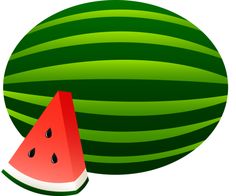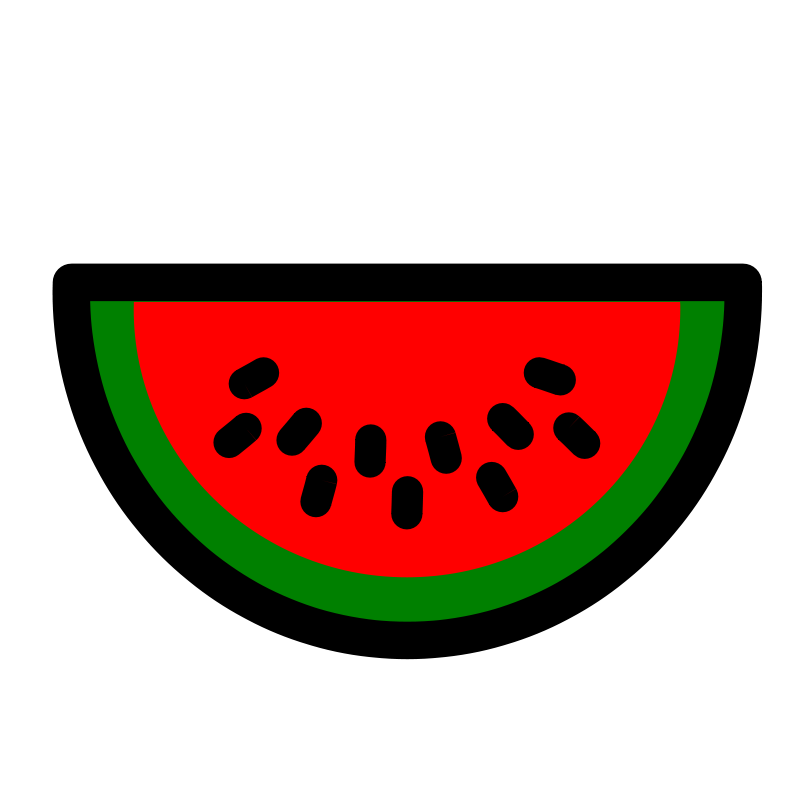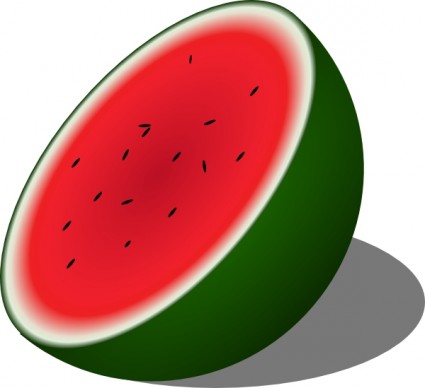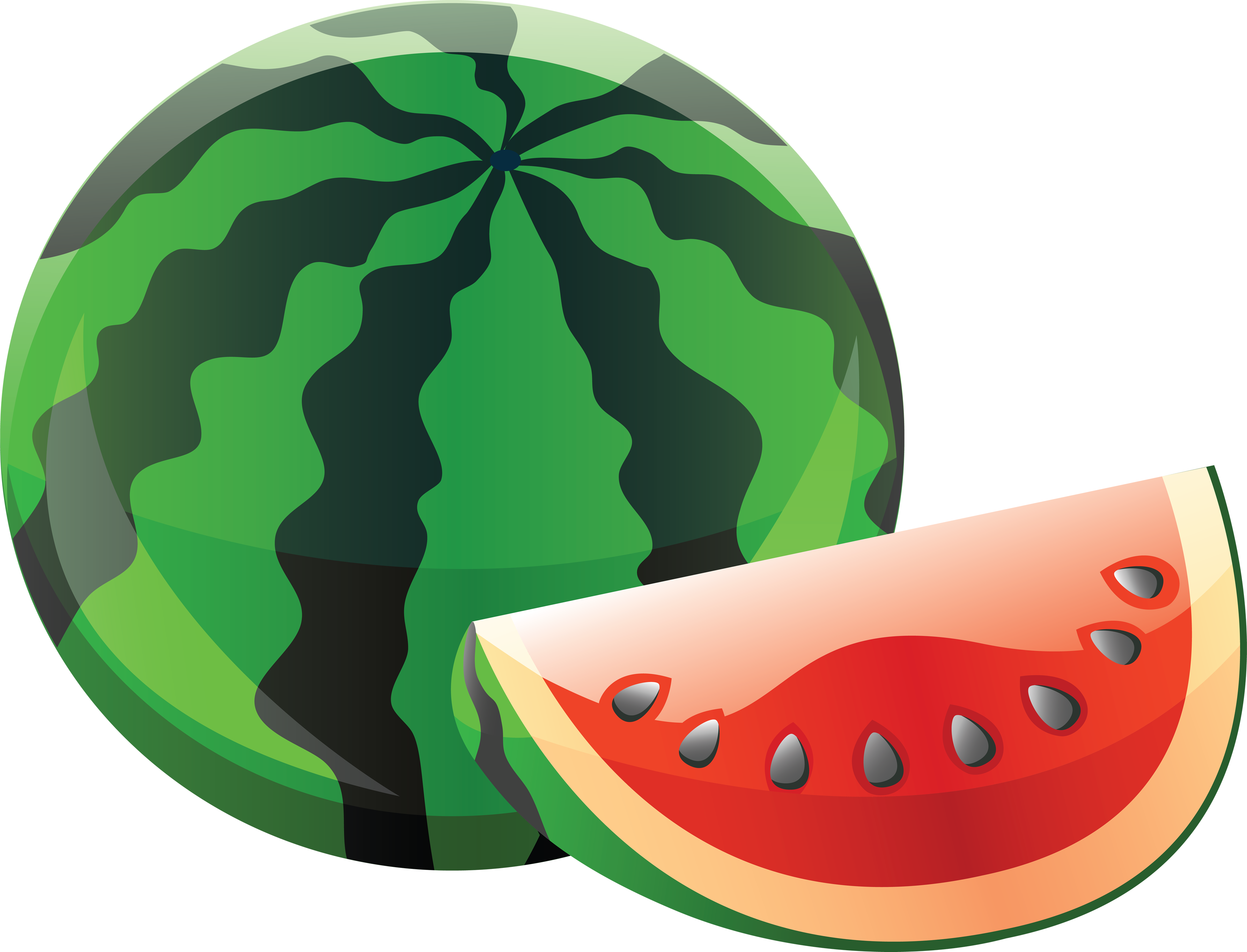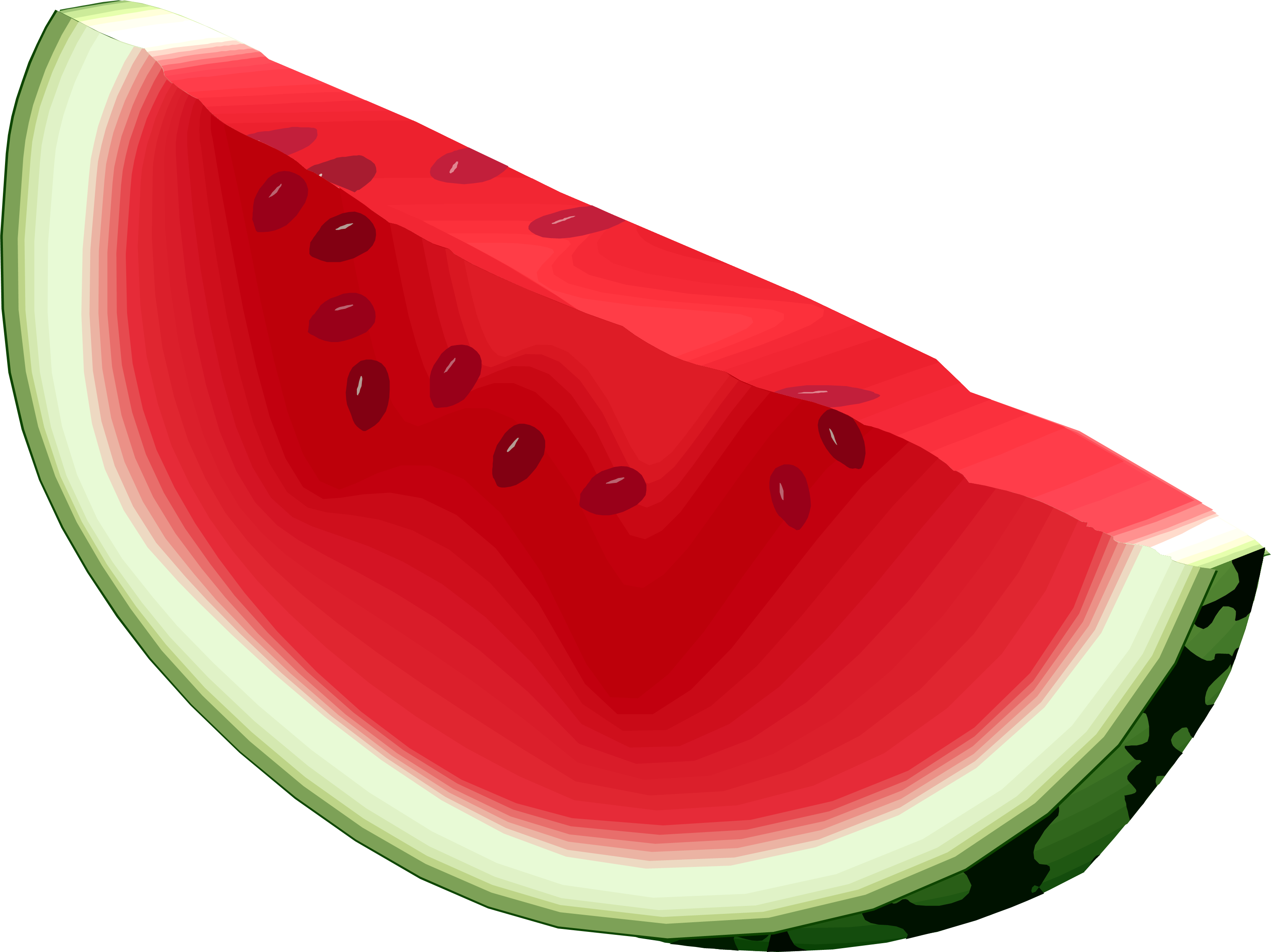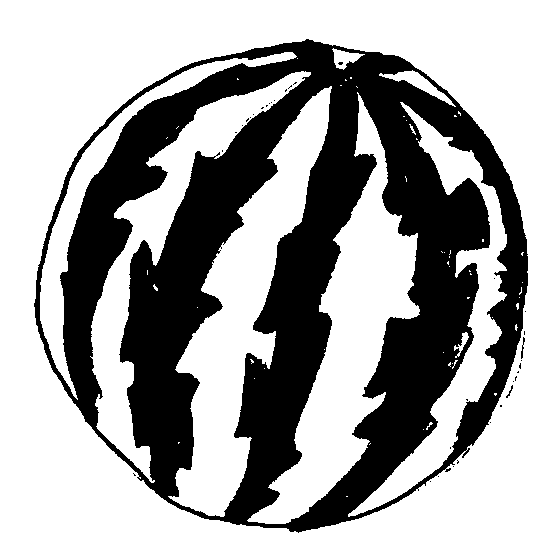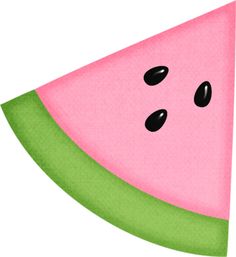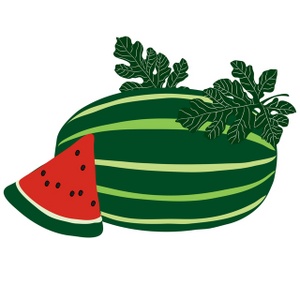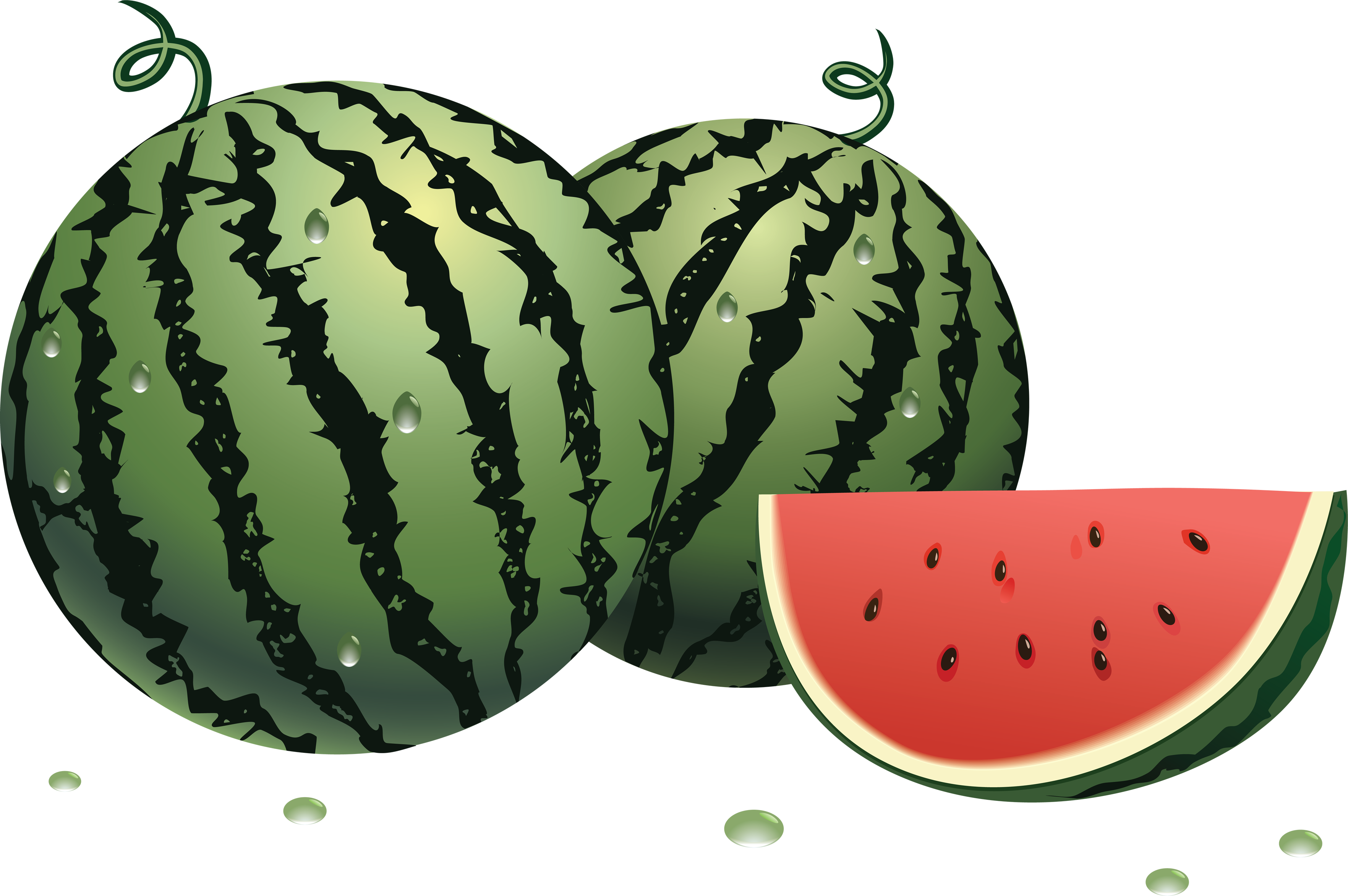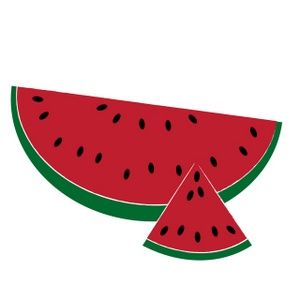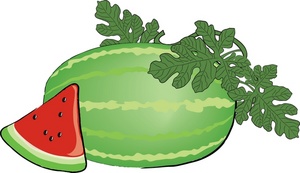Watermelon Clipart
Watermelons comprise sweet, succulent summer fruits cherished for juicy red-pink flesh rich in nutrients, fiber, antioxidants and hydration properties. Part of the Cucurbitaceae family along with cucumbers and squash, watermelon intertwines with human cultivation tracing to ancient Egypt 5,000 years ago before spreading through trade routes to Africa, the Middle East, Asia and Europe during the Dark Ages.
Today’s ~200 watermelon varieties yield nearly 118 million tons annually ranking 13th among global fruit staples. Beyond thirst-quenching and snacking appeal, decorative watermelon motifs signify summertime fun.
Watermelon Varieties
Popular selections traditional during summer markets and picnics span:
- Seeded – Rind stripes and soft brown/white seeds typify round average 10 pound large sized conventional melons with dense sweet red flesh
- Seedless – Thinner light green oblong shape contains naturally candy-like flesh with few vestigial white seeds if any.
- Yellow – Rarer mellow gold tinted interior flesh hides under a golden rind misleading being unripe when perfectly delicious.
- Mini – Palm sized 3-4 lb personal melons appeal for portion control and cube shapes that easily stack/store.
- Specialty – Distinct orange, white, spotted grey or oblong stretched “square” novelty offerings.
This diversity ensures wide appeal and accessibility making watermelon universally appreciated.
Watermelon Nutrition & Health
Beyond sweet taste and thirst quenching hydration, watermelons deliver valuable nutrients supporting health like:
- Citrulline – Amino acid enhancing circulation and nutrient absorption
- Lycopene – Potent antioxidant fighting cell damage from free radicals
- Vitamin C – Immunity and collagen production building blocks
- Potassium – Stabilizes heart functions and regulates fluids/minerals
The vibrant red interior signals dense phytochemical richness linked to lower blood pressure, improved digestion and reduced inflammation if enjoyed regularly. Abundant fiber aids weight loss by satisfying appetite. The naturally low calories make watermelon an ideal diet food.
Watermelon Agriculture
Watermelons thrive under:
- Hot climates with mean temperatures of 80°F spanning long sunny growing seasons without early frosts.
- Sandy well-draining loamy soil with slightly acidic pH around 6.5 and moderate fertility.
- Open fields that maximize sunny exposure critical for floral pollination and fruit maturation spanning 3 months from planting to harvest.
Major producers include China, Turkey, Iran, Brazil and the United States distributing bountiful crops internationally when in season. Some specialty hothouse growers produce year-round through protected cultivation but taste varies.
Watermelon Harvest & Production
Knowing precisely when ripeness peaks maximizes sweetness during the brief 2 week prime window. Telltale signs include:
- Rind darkening from light to deep green and eventually taking on a yellowish undertone.
- Surface texture losing smoothness as waxy “bloom” disappears leaving a rough and dull veneer behind.
- Ground spot transforming from pale white-green to rich creamy yellow.
- Tendril nearest stem withering and browning once hydration gets redirected towards fruit swelling.
Picking watermelons ranks among agriculture’s most back-breaking manual labor harvesting up to 150 truckloads daily during peak season. Workers assess hundreds of melons daily by tapping and lifting to gauge sound, weight and ripeness guiding selective harvesting. After gently cutting away with knives, melons transfer on conveyors for washing, sorting and packaging. Refrigerated trucks then distribute to local supermarkets and regional export.
Judging Watermelon Ripeness
Beyond watching vines for ripeness cues, shoppers can further evaluate quality by:
- Hefting melons testing weight feeling around 15 lbs for large types ensuring dense flesh not hollow from under-ripeness or leakage from cracking.
- Sniffing melons for fresh grassy sweetness devoid of fermentation odors.
- Tapping rinds listening for a deep hollow reverberation instead of dull thuds indicating under ripe starchiness.
- Inspecting undersides resting on soil for creamy yellow not stark white groundspots.
Ultimately cutting open reveals complete indicators – bright uniform coloration throughout without pallid streaks or white seeds clustered near center if seeded.
Watermelon Consumption Trends
Beyond raw enjoyment, consumers increasingly seek out:
- Seedless varieties – Now representing over 85% of watermelon sales easing prep and snackability.
- Pre-cut fresh packs – Fork or cube shapes offer convenience for juicing, fruit salads and chilling in the fridge.
- Pickled rinds – Preserved crunchy sweet, sour and salty pickled watermelon rind gains specialty appeal.
- Purees – Smoothed pulp freezing preserves tastes during winter months for baby foods, beverages, sauces and smoothies.
These trends showcase watermelon versatility beyond seasonal limitation.
Watermelon Cuisine & Recipes
Cultural diversity shines through watermelon preparations:
- Drinks – Agua Fresca (Latin America), Watermelon Rind Tea (China), Watermelon Juice Ginger Mint (Middle East)
- Desserts – Watermelon Popsicles, Granita, Fruit Salad, Sorbet
- Savory Dishes – Watermelon Gazpacho Soup, Watermelon Feta Salad, Roasted Watermelon BBQ Sliders, Watermelon Steak Rhubarb Salsa
Blending sweet, salty and even savory elements spotlights watermelon’s thirst-quenching juice contributing unique tropical flair.
Watermelon Clipart Design Styles
Graphic watermelon images emphasize bright colors with minimalist outlines capturing essential shape components – round or oval organic form with flattened bases, smooth green and striped rinds, sectional red/pink flesh speckled with seeds visually conveying juicy crisp coolness associated with actual fruits. Festive motifs incorporate smiles, sunglasses or arrow/dashed designs that reinvent the central fruit into cute anthropomorphic characters or simplified dynamic shapes fitting whimsical summer party moods from invitations to T-shirts.
Paired with beach balls, flip flops or blue water splashes in seasonal holiday clip art, watermelons telegraph carefree sunny good times. Contemporary clipart also simplify into single-color line drawing illustrationscleaned up for minimalist card design or website headers/banners. Abstract geometric patterns echoing rinds and juice slices also pervade modern watermelon graphics.
Future Watermelon Industry Innovations
New varieties continue pushing consumer expectations of what defines watermelons through:
- Hybrid seeds – Custom crossing heirloom stock expands size, shape and rind pattern diversity returning forgotten flavors
- Grafting – Propagating old rootstock with modern fruit topstock toughens disease resilience and environmental adaptation
- Hydroponics – Soilless indoor controlled agriculture technologies enable predictable year-round watermelon growth
- Genomics – DNA parsing unlocks genetics influencing improved yield, nutrition, drought tolerance and paleo-melon ancestral varieties lost for centuries but being resurrected
Where once limited seasonal window dictated short watermelon supply, future solutions now support market durability and heightened consumer enjoyment as an icon of summer.
In this page clipartix present 62 watermelon clipart images free for designing activities. Lets download Watermelon Clipart that you want to use for works or personal uses.
